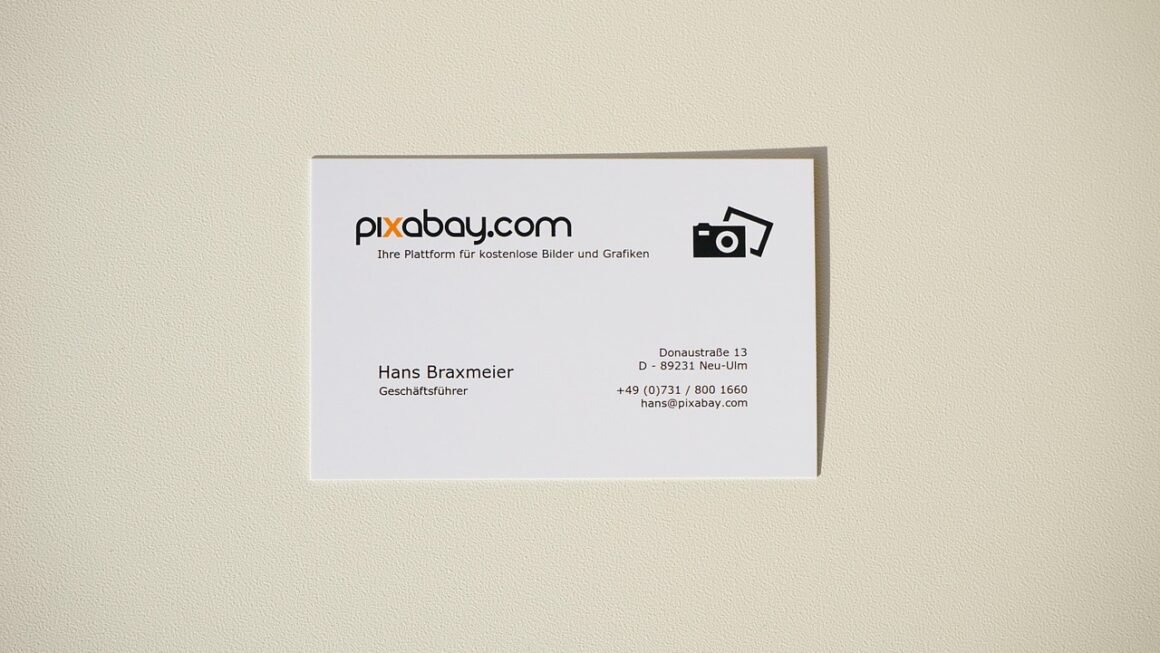In today’s hyper-connected world, where consumers are bombarded with countless choices, branding has become an essential element for any business looking to stand out and thrive. It’s not just about a logo or catchy tagline; branding encompasses the overall customer experience, perception, and emotional connection to a product or service. In this blog post, we will delve deep into the core components of branding, explore its significance, and provide practical examples to enhance your understanding.
Understanding the Basics of Branding
Before diving into the intricacies of branding, it’s vital to grasp its foundational concepts. At its essence, branding is the process of creating a distinct identity for a product or company. This identity not only differentiates them from competitors but also shapes customer perceptions.
Definition and Purpose of Branding
Branding can be succinctly defined as the practice of giving a meaning to a specific organization, company, or product through the use of names, logos, slogans, and designs. The purpose of branding includes:
- Differentiation: Helps businesses stand out in a crowded marketplace.
- Recognition: Aids consumers in easily identifying products.
- Trust Building: Establishes credibility and emotional connections with consumers.
Key Elements of Branding
Several key elements form the foundation of branding:
- Name: The title of your business or product.
- Logo: A visual symbol that represents your brand.
- Tagline: A memorable phrase that encapsulates your brand’s essence.
- Brand Voice: The tone and style of communication used in business interactions.
The Importance of Branding in Business
Branding is not just a nice-to-have; it’s imperative for business success. Here are several reasons why robust branding matters:
Competitive Advantage
A well-established brand sets you apart from competitors. It allows you to charge premium prices and gain customer loyalty. For instance, brands like Apple and Nike have built strong identities that allow them to stand out in saturated markets.
Customer Loyalty and Trust
A strong brand fosters customer loyalty. According to a study by HubSpot, 61% of consumers are more likely to buy from a brand they recognize. Building a brand that resonates with your target audience can cultivate trust and encourage repeat purchases.
Building a Strong Brand Strategy
Developing a successful branding strategy involves several key steps, each aimed at cementing your brand’s identity and presence.
Define Your Brand’s Core Values
Your brand’s core values represent its mission and vision. To define them:
- Reflect on what your company stands for.
- Identify the values you want your customers to associate with your brand.
For example, TOMS shoes emphasizes social responsibility and giving, which is core to their branding strategy.
Understand Your Target Audience
Knowing your audience is crucial for effective branding. Consider the following:
- Conduct market research.
- Create buyer personas to visualize who your customers are.
This knowledge will inform how you shape your branding efforts. For instance, brands like Coca-Cola target diverse demographics through tailored marketing campaigns.
Develop Brand Guidelines
Brand guidelines help maintain consistency in messaging and visual elements.
- Include your logo usage rules.
- Define your brand colors and fonts.
- Outline the tone of voice for all communications.
Using clear brand guidelines ensures that everyone involved with the brand communicates in a unified manner.
Measuring Brand Performance
After establishing your brand, it’s important to measure its effectiveness. Here are some practical methods:
Brand Awareness
To assess brand awareness, consider:
- Surveys and questionnaires to gauge recognition.
- Website traffic metrics to determine engagement levels.
Customer Feedback and Surveys
Regularly solicit feedback to understand consumer perception:
- Set up periodic customer satisfaction surveys.
- Engage with customers on social media to gather insights.
Conclusion
Branding is a multifaceted concept that goes beyond mere logos and names. It embodies the promise you make to your customers, influencing their perceptions and experiences. By understanding the importance of branding, developing a solid strategy, and continually measuring its performance, you can build a brand that stands the test of time. Remember, a strong brand is not just about gaining new customers but also about nurturing loyalty and trust among those you already have. Invest in your branding today to secure a brighter tomorrow.




